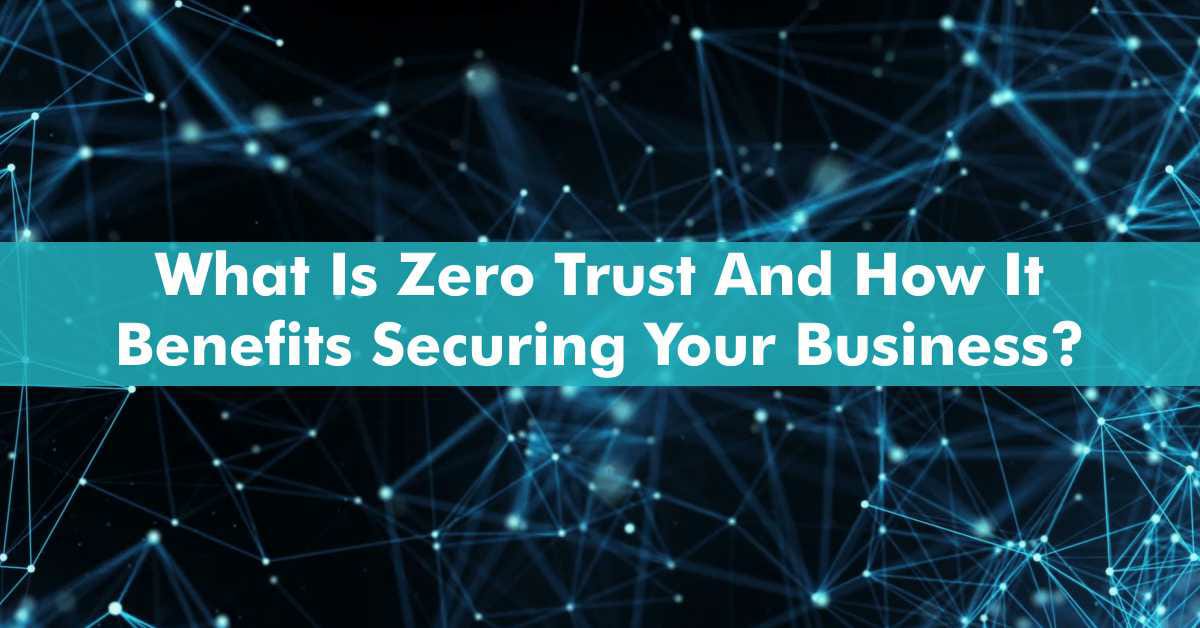The traditional way of securing IT has always been about building walls, protecting data and applications in-house data centers, and shield by secure comprising firewalls and other filters.
Inside the business, access to networks has been restricted by entering usernames and passwords. In this way, staff gets permission to access the data, and they can fulfill their roles.
However, many organizations have realized that this tried and tested approach is no longer working. In the era of cloud services and the proliferation of mobile devices, the concept of the protective wall is outdated.
Employees need to access the data and application from almost any location. Customers, partners, and suppliers need access to systems to place and process the orders. But due to wall protection, it becomes difficult.
The IT service providers want you to take advantage of cloud-based applications and services that will improve your business flexibility and lower operational costs. And for this, the concept of zero trusts approached.
What is the Zero Trust?
Zero Trust is a security concept centered on the belief that businesses should not automatically trust anything inside or outside its perimeters. It mandates a never trust, always verify, and enforce least privilege approach to privileged access, either it's inside or outside the network.
The implementation of zero trusts gives privilege to the least resources, accessing based on verifying who is requesting access, the context of the request, and the risk of the access environment. By these organizations can minimize the risk of cyber-attack, improve audit and compliance visibility, and reduce complexity, risk, and costs for the modern, hybrid organization.
But the question comes how zero trust security is different?
It means adopting an information policy in which all users need to be verified and authenticated before they get access to crucial company data. With the help of zero-trust security, businesses can move towards the cloud and go mobile, without compromising their security.
The concept of zero-trust security is to focus on identifying the user, and no assumptions made about the user based on their location. Instead, the user can access applications and data from any network, device, or location, as long as they can be verified.
Four Security and Business Benefits Afforded By Organizations Adopting Zero Trust
- Secure your Customers’ Data and your Business
Once the malware makes its way into the end-user machine within the firewall, it can exfiltrate customer data to a command and control server outside the network. This will allow private and confidential data of your customers to fall into the wrong hands and can have a series of consequences for both your customers and your business. Impacts such as
Disruption for Customers – stolen personal information of clients can wreaks havoc on there lives. Hackers may misuse their information and steal or access or open financial accounts, resulting in loss of credit scores, impacting life events such as homeownership, driving license, holding a job, and many more.
Reputational Damage – Many compliances, including GDPR (General Data Protection Regulation) and HIPAA (Health Insurance Portability and Accountability Act), requires client breach warning ought to an information breach happen. The loss of customer and stakeholder trust is exceedingly unsafe for the organization, and due to that, numerous individuals decline to work with an organization that has been breached. And when it particularly failed to protect customers’ data.
- Reduce Time to Breach Detection
The main tenets of zero trust are that the location of the user is not an indicator of trust. Therefore, the network is assumed to be hostile, and zero trusts replace the principle “trust but verify” with “always verify and never trust.”
This brings visibility in the foundation of verification and provides security professionals exactly who is operating the network, from where which applications, and at what time. The benefit of having zero trust rule is that the security administrators can monitor the activities of all resources, devices, and information and know whether they are internal or external.
After observing the behavioral analytics, they evaluate all this data so that they can effectively apply security policies, enforce compliance, and reduce risk. If, by chance, preventive control fails, their option for the security team to rely on network and application visibility to quickly identify and respond to security incidents.
- Greater Control in Clod Environment
Security professionals' greatest and longest-held fears of moving to and utilizing the cloud are lost perceivability and absence of control. Regardless of the advancement in cloud service providers (CSPs') security due to steadiness, but the workload security stays a mutual duty between the CSP and the company utilizing the cloud. There is just so much the organization can influence someone’s else cloud.
As the zero trusts are implemented in the cloud, the organizations that use this technology don’t need to install a complex stack of equipment to secure each data center. The organization can simply secure all the applications, data, devices, and user information with the help of a single cloud.
- Convey Both Security and an Excellent End-User Experience
Previously, organizations have needed to make tradeoffs between strong security, productive resources experience. Strong, secure passwords are normally confused and hard to memorize. They decrease efficiency as resources invest energy reemerging different, strong passwords — also investigating time troubleshooting passwords with IT. At the point when resources try to remember complex passwords by writing them down or utilize simple passwords, they compromise security.
With zero trust solutions, you can secure your access, improve productivity, and it becomes easy to use. Simply, convenient MFA provides stronger security with the need for lengthy and strong passwords.
Conclusion:
With zero trust cybersecurity solutions, an organization can not only secure their data and resources in today’s integrated organizations but also realize the substantial business benefits. Organizations have improved visibility across the business and reduce in time of breach detection, with that reducing the complexity of security stack, protecting customer data to avoid reputational damage, and significant financial losses.
With that, businesses can improve the user experience and facilitate migration to the cloud through zero trust security architecture. To know more about zero trust cybersecurity solutions and how that can benefit your business too in improving the security of your organization, and perimeter less enterprise operations, visit Fusion Factor, a leading managed IT service providing company in San Diego County.


